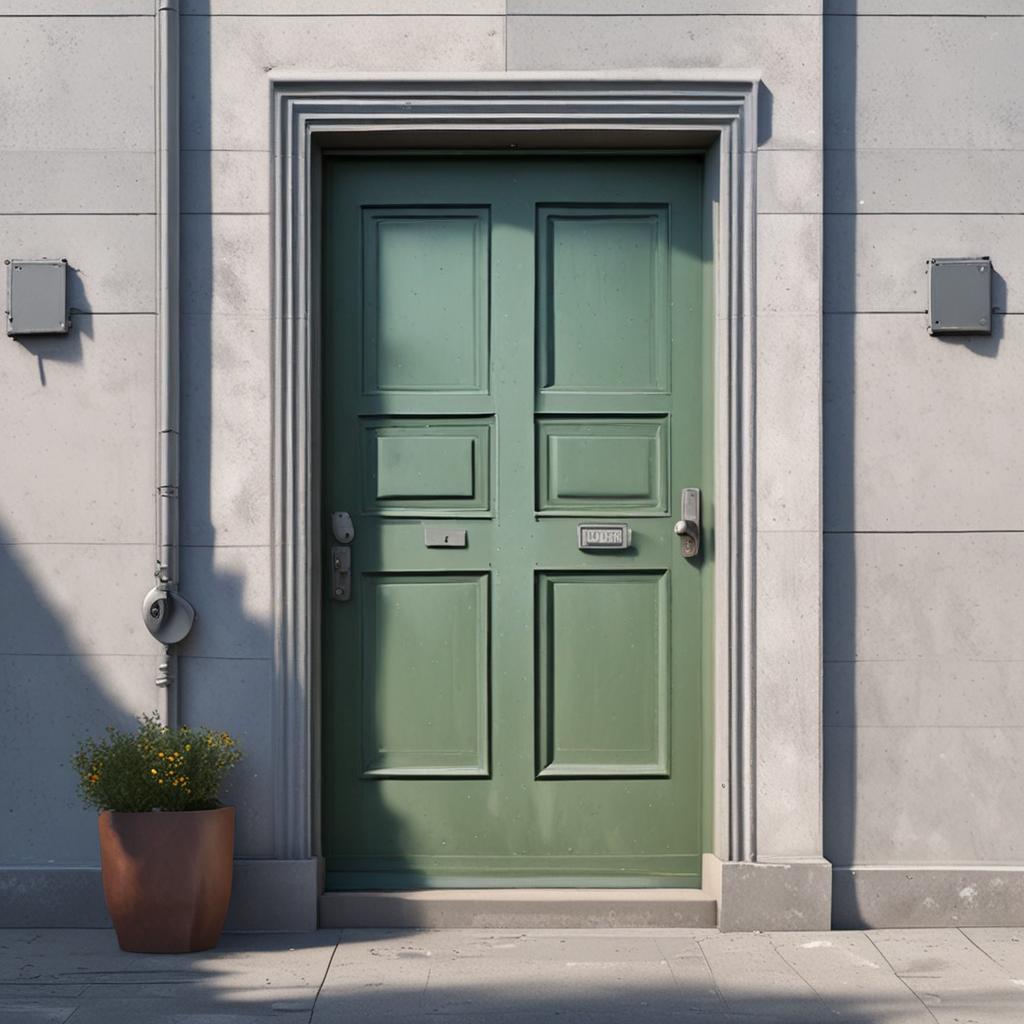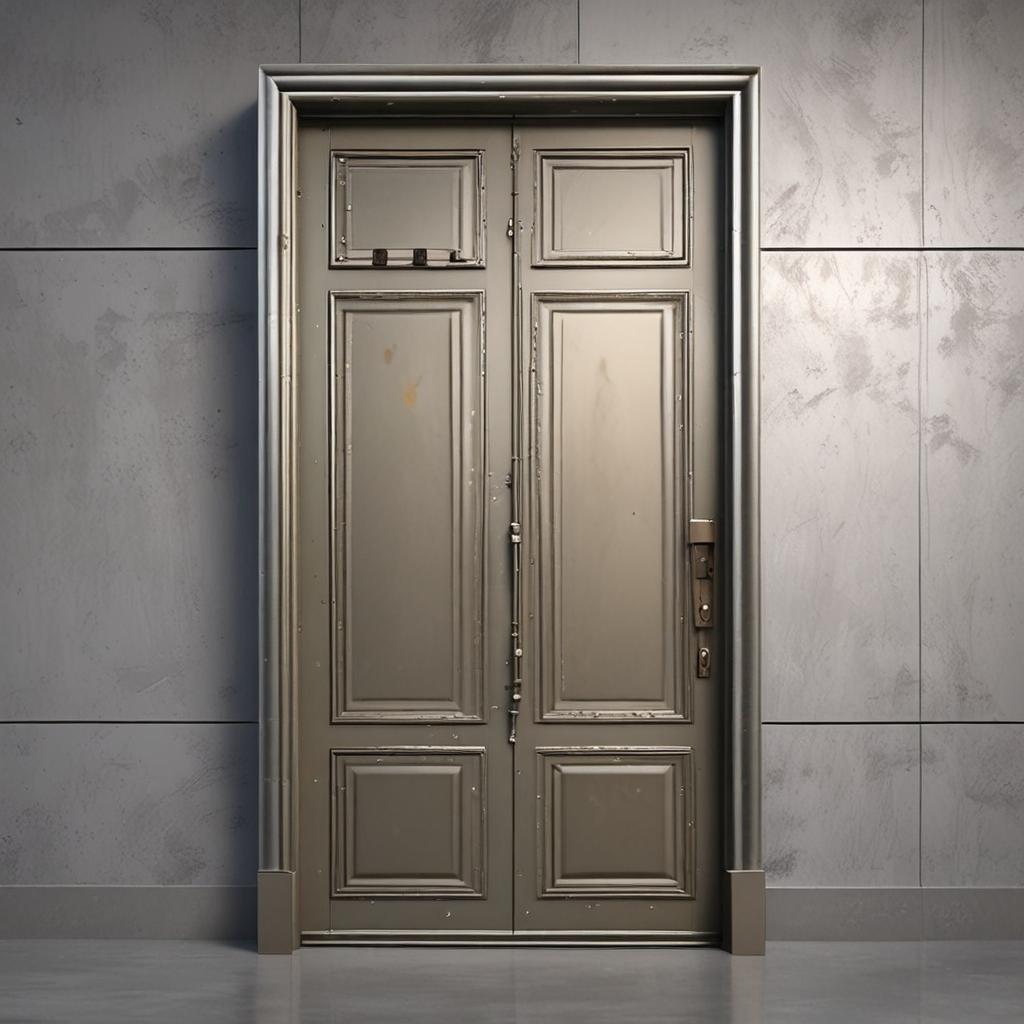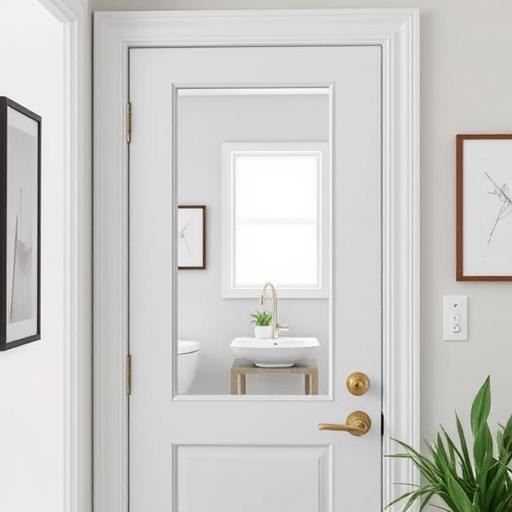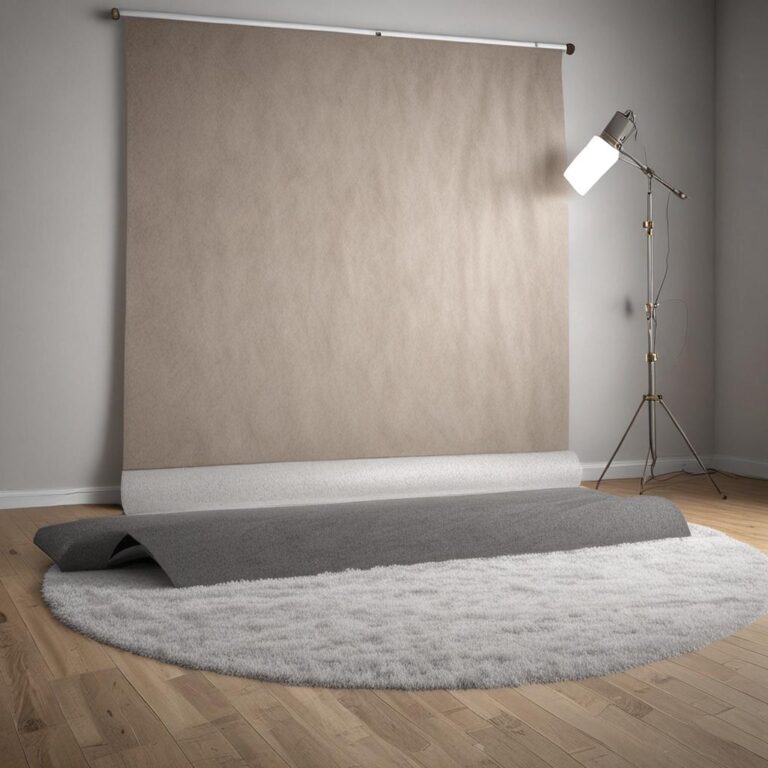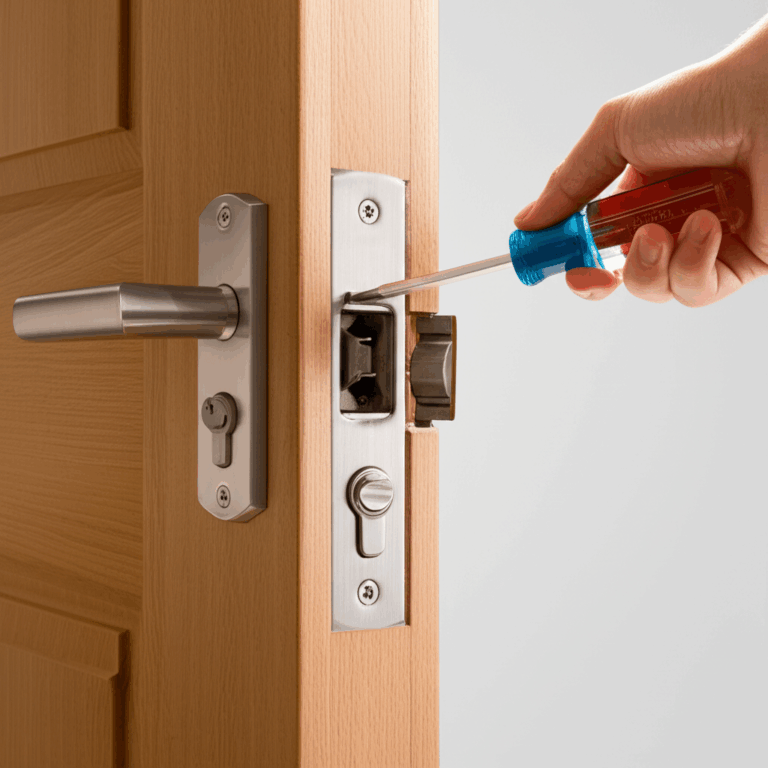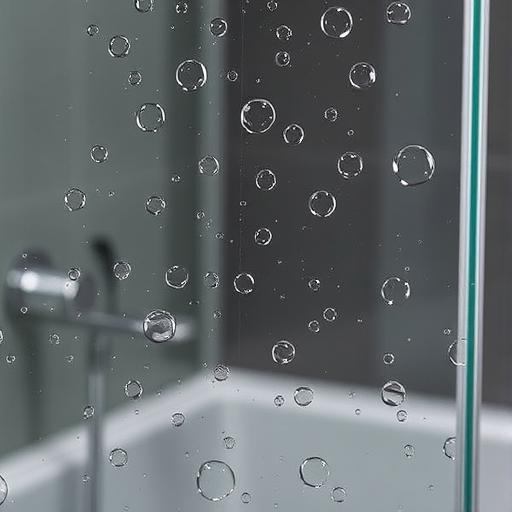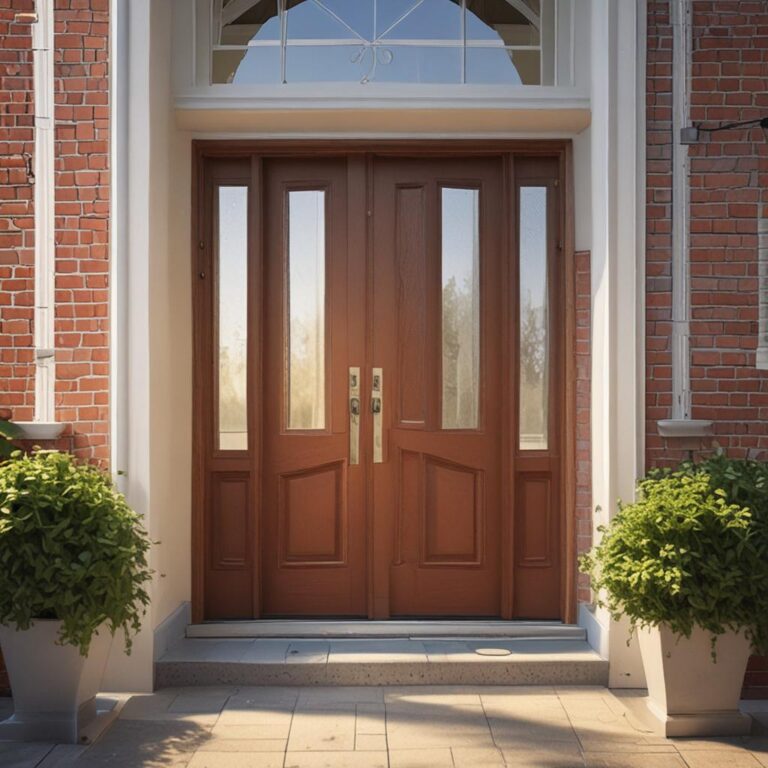How to Paint a Metal Door
Metal doors are a durable and practical choice for homes and businesses, but over time, they can lose their luster due to wear, rust, and exposure to the elements. Painting a metal door not only enhances its appearance but also provides essential protection against corrosion, extending its lifespan. Whether you’re looking to refresh an old door or add a pop of color to your entryway, this project is both rewarding and cost-effective. To get started, you’ll need a few basic tools and materials, such as sandpaper, primer, paint, brushes, and cleaning supplies. With the right preparation and technique, you can achieve a professional-looking finish that will stand the test of time.
Preparing to Paint Your Metal Door
Gather the Necessary Tools and Materials
Before you begin, make sure you have all the essential items on hand. You’ll need sandpaper (medium-grit), a rust-inhibiting primer, high-quality paint suitable for metal surfaces, paintbrushes or rollers, drop cloths, cleaning supplies, and safety gear like gloves and goggles. Having everything ready will streamline the process and ensure a smooth workflow.
Choose the Right Paint and Primer
Selecting the right paint and primer is crucial for a long-lasting finish. Oil-based, acrylic, or enamel paints are ideal for metal doors due to their durability and resistance to weathering. Pair your paint with a rust-inhibiting primer to create a strong foundation and prevent future corrosion. This step is especially important for doors exposed to harsh outdoor conditions.
Prepare the Work Area
Set up a clean and well-ventilated workspace to ensure safety and efficiency. Lay down drop cloths to protect the floor and surrounding areas from paint splatters. Use painter’s tape to mask off any hardware or edges you don’t want to paint. A well-prepared workspace will make the painting process easier and more enjoyable.
Preparing the Metal Door for Painting
Clean the Door Thoroughly
Start by cleaning the door to remove dirt, grease, and grime. Use a mild soap and water solution or a degreaser for tougher stains. A clean surface is essential for proper paint adhesion, so take your time to ensure the door is spotless. Rinse thoroughly and allow it to dry completely before moving on to the next step.
Sand the Door Surface
Sanding is a critical step to remove old paint, rust, and smooth out imperfections. Use medium-grit sandpaper to scuff the surface, creating a texture that helps the primer and paint adhere better. Pay special attention to any rusty areas, as leaving them untreated can lead to further corrosion. Once sanded, wipe the door down with a damp cloth to remove dust.
Repair Any Damage
Inspect the door for dents, holes, or cracks and repair them using a metal filler or putty. Apply the filler according to the manufacturer’s instructions, then sand the repaired areas until they are smooth and even with the rest of the door. This step ensures a flawless finish and prevents imperfections from showing through the paint.
Applying Primer to the Metal Door
Why Primer is Essential
Primer serves as a protective barrier that prevents rust and ensures the paint adheres properly. It also helps to create a uniform surface, especially if you’re covering a dark color or repairing damaged areas. Skipping this step can result in poor paint adhesion and a shorter lifespan for your finish.

How to Apply Primer
Apply the primer using a brush or roller, working in smooth, even strokes. Start at the top of the door and work your way down to avoid drips. Pay attention to edges, corners, and recessed areas to ensure full coverage. If necessary, apply a second coat for added protection, but allow the first coat to dry completely before doing so.
Allow the Primer to Dry
Drying times can vary depending on the product and environmental conditions, but most primers require at least 2-4 hours to dry. Check the manufacturer’s instructions for specific guidance. Ensure the door is completely dry before proceeding to the painting stage to avoid smudges or uneven coverage.
Painting the Metal Door
Choosing the Right Painting Technique
The method you choose for painting can impact the final result. Brushes are ideal for detailed work and edges, while rollers provide a smooth finish for larger surfaces. Spray paint can offer a professional-looking finish but requires careful masking of surrounding areas. Choose the technique that best suits your skill level and the door’s design.
Applying the Paint
Begin by applying the first coat of paint using your chosen method. Work in thin, even layers to avoid streaks or drips. Start at the top of the door and move downward, ensuring full coverage. Allow the first coat to dry according to the paint manufacturer’s instructions before applying a second coat.
Adding a Second Coat
A second coat of paint enhances durability and provides a more polished finish. Apply it in the same manner as the first coat, ensuring even coverage. Be patient and allow the recommended drying time between coats to achieve the best results. This step ensures your door will look great and withstand the elements for years to come.
Finishing Touches and Maintenance
Inspect and Touch Up
Once the paint is dry, inspect the door for any missed spots or imperfections. Use a small brush to touch up these areas as needed. Taking the time to address minor flaws will ensure a professional-looking finish and enhance the door’s overall appearance.
Clean Up Your Workspace
Properly clean your brushes, rollers, and other tools according to the paint type you used. Dispose of any leftover materials responsibly and remove drop cloths and tape. A clean workspace not only ensures safety but also leaves you ready for future projects.
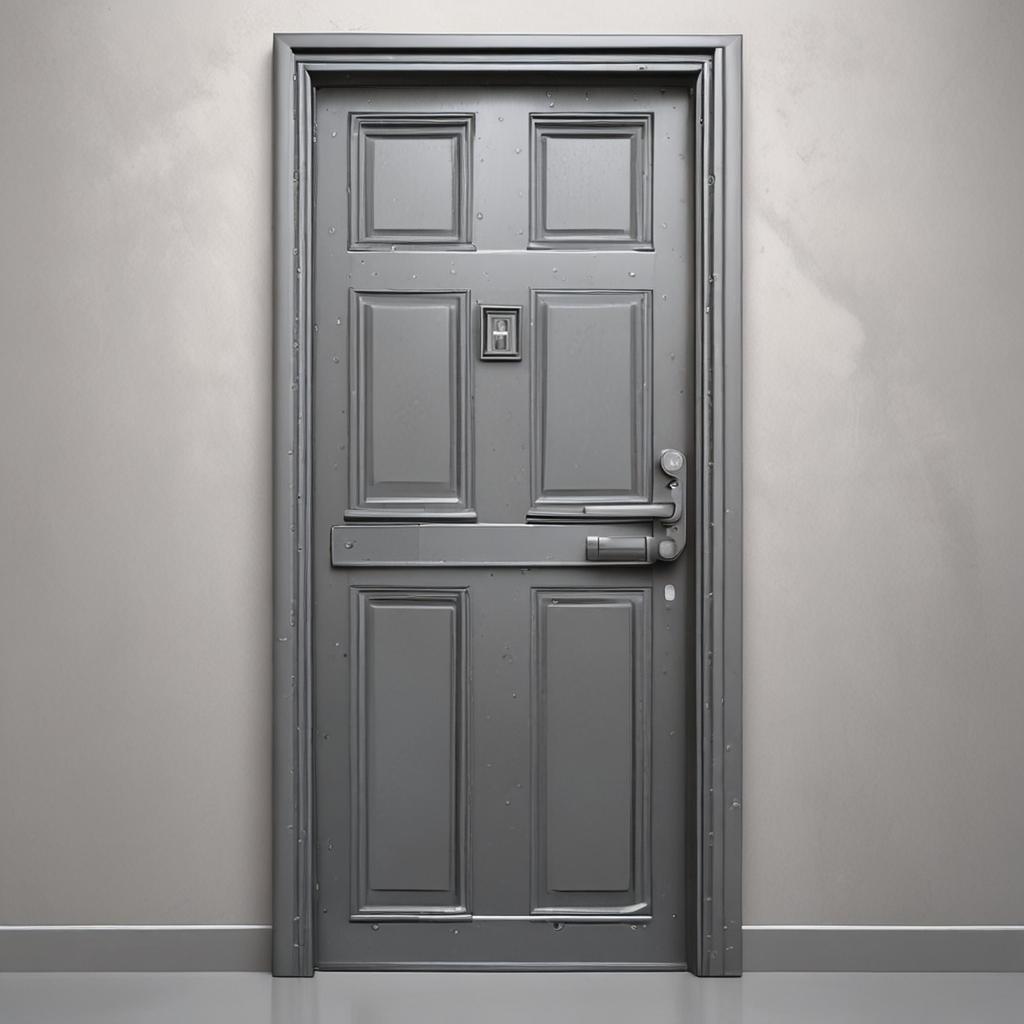
Maintaining Your Painted Metal Door
To keep your door looking its best, clean it regularly with a mild soap and water solution. Check for signs of wear or damage and touch up paint as needed. With proper care, your painted metal door will remain attractive and functional for many years.
Conclusion
Painting a metal door is a straightforward yet impactful project that can transform the look and longevity of your entryway. By following these steps—preparing the surface, applying primer, and painting with care—you can achieve a professional finish that protects and enhances your door. With the right tools and techniques, this DIY project is well within reach. So, gather your supplies and get started—your newly painted metal door awaits!
FAQ Section
Can I paint a metal door without sanding it first?
No, sanding is essential to remove rust, old paint, and ensure proper paint adhesion.
What type of paint is best for metal doors?
Oil-based, acrylic, or enamel paints designed for metal surfaces are ideal.
How long should I wait between coats of paint?
Typically, wait 2-4 hours, but always check the paint manufacturer’s instructions.
Can I use a paint sprayer for a metal door?
Yes, a paint sprayer can provide a smooth finish, but proper masking of surrounding areas is necessary.
How often should I repaint my metal door?
Repaint every 5-7 years or as needed, depending on wear and weather conditions.
